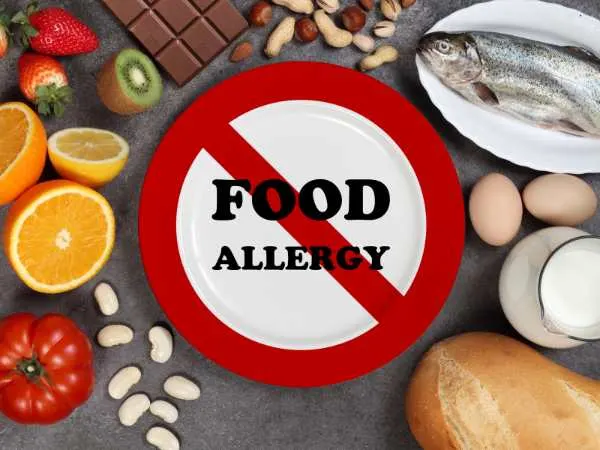Growing older doesn’t grant immunity from new food sensitivities. In fact, a rising number of adults over sixty are discovering that the shrimp cocktail or afternoon yogurt they’ve enjoyed for decades suddenly leaves them wheezing or covered in hives.
Inside senior living communities, caregivers and residents alike are learning that late‑in‑life food allergies deserve the same respect as childhood reactions, yet they appear against a backdrop of other age‑related health changes and medications. Grasping why these allergies emerge, what triggers them, and how to manage them empowers older adults to eat confidently and stay healthy.
Why Allergies Can Appear After Sixty
Our immune system never stops evolving, and that continuous change opens the door for new food reactions in later decades. The thymus gradually shrinks, memory T‑cells accumulate, and the gut microbiome shifts with medications, diet, reduced stomach acid, and even stress. These alterations can mis‑train immune cells to mistake harmless proteins for dangerous invaders.
Meanwhile, years of exposure to antibiotics or heartburn drugs may thin the gut barrier, letting larger food particles slip through and spark inflammation. Add in cumulative contact with novel ingredients found in today’s processed foods, and the stage is set for a body that suddenly treats peanuts or shrimp as a threat rather than a treat.
Common Culprits and Sneaky Triggers
Shellfish tops the late‑onset list, followed closely by tree nuts, wheat, and dairy. Yet other, less obvious triggers lurk: gelatin in marshmallows, lupin flour in gluten‑free bread, or carmine food dye in fruit yogurt. Medications such as beta‑lactam antibiotics, ACE inhibitors, or aspirin can interact with foods and provoke cross‑reactions that baffle doctors.
Even alcohol‑based extracts, herbal supplements, and protein shakes marketed for seniors may contain hidden proteins that ignite the immune system. Because aging taste buds encourage culinary experimentation, many older adults sample exotic cuisines or health products without realizing they are courting new allergens.
Recognizing Symptoms Beyond the Usual Rash
In seniors, classic hives or tingling lips may be just the beginning. Allergic reactions often masquerade as indigestion, dizziness from low blood pressure, or a sudden bout of coughing that resembles a chest infection. Swollen tongue and throat tissues can worsen existing sleep apnea, while a drop in blood pressure may imitate a cardiac event and send clinicians hunting down the wrong culprit.
Since many older adults already manage arthritis or neuropathy, they might dismiss itching hands or tingling feet as unrelated. Keeping a food diary alongside a symptom log helps draw a clear line between what was eaten and how the body reacted hours—or even days—later.
Diagnosis Management and Everyday Strategies
Confirming a new food allergy usually requires a blend of skin‑prick tests, blood assays for specific IgE, patch testing for delayed responses, and, when safe, supervised oral challenges. Once identified, strict avoidance remains the gold standard, yet that task collides with social eating, potlucks, and restaurant menus printed in tiny fonts.
Practical safeguards include pre‑portioning safe snacks, wearing medical ID jewelry, downloading phone apps that scan barcodes for concealed allergens, and practicing assertive communication when dining out. Physicians may adjust medications that heighten reactions—such as beta‑blockers—and prescribe epinephrine auto‑injectors, while dietitians ensure nutritional balance when major food groups must be avoided.
Conclusion
Late‑in‑life food allergies are not imagined quirks or mere digestive nuisances; they are genuine immune responses that can escalate quickly if ignored. By understanding why they appear, learning to spot subtle symptoms, and weaving safety strategies into daily routines, older adults can continue enjoying varied, nourishing meals without fear. A proactive partnership among physicians, caregivers, and the individual is the best recipe for confidence and peace of mind at every bite.























